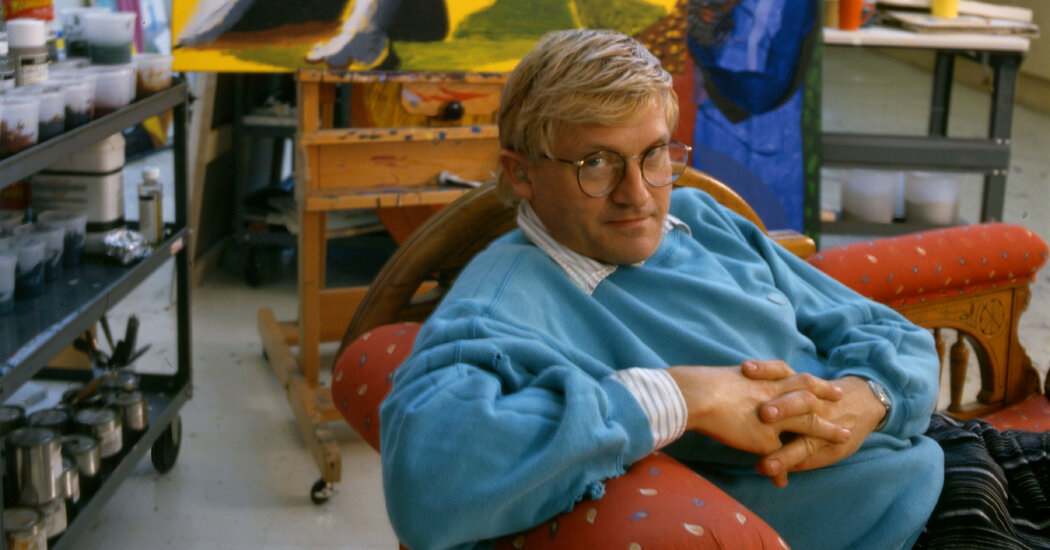Google’s AI Breakthroughs in Drug Design
Over the past year, Google has made significant strides in leveraging artificial intelligence to enhance drug design, culminating in remarkable advancements that closely mimic human biology. These efforts have not only distinguished the company in the tech landscape but also earned its leading scientists the prestigious Nobel Prize in Chemistry.
In a bold move, Isomorphic Labs, a specialized division within Google aimed at developing and commercializing this cutting-edge technology, is set to take a substantial leap forward. On Monday, Isomorphic plans to announce that it has successfully raised $600 million in funding, with Thrive Capital, a venture capital firm known for its substantial investments in AI companies including OpenAI, leading the round. Additionally, Google’s venture capital arm, GV, along with Alphabet, Google’s parent company, has also participated in this funding.
This announcement highlights Google’s ambitious vision for Isomorphic Labs, which was established as a spin-off from the renowned DeepMind lab. Isomorphic is dedicated to revolutionizing the drug discovery process, utilizing advanced software originally developed by DeepMind. Among its notable innovations is AlphaFold, a groundbreaking tool capable of predicting the structure of millions of proteins, which plays a crucial role in understanding biological systems.
In its third iteration, AlphaFold has expanded its capabilities to include the prediction of complex DNA and RNA behaviors, significantly reducing the time required for the development of new pharmaceuticals. The potential of this technology is so profound that Demis Hassabis, co-founder of both Isomorphic and DeepMind, along with researcher John M. Jumper, was awarded half of last year’s Nobel Prize in Chemistry in recognition of their pioneering work.
The overarching ambition, as articulated by Mr. Hassabis, is to transition the majority of the drug discovery process from traditional laboratory settings—often constrained by the need for biological materials, strict safety regulations, and lengthy timelines—toward a more efficient model driven predominantly by computational techniques.




